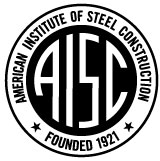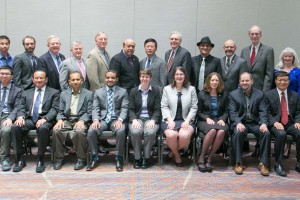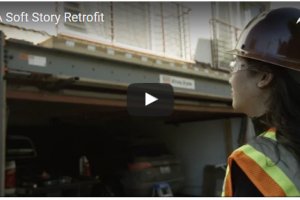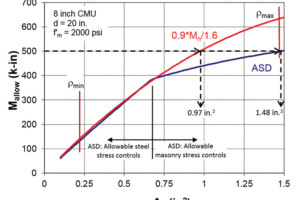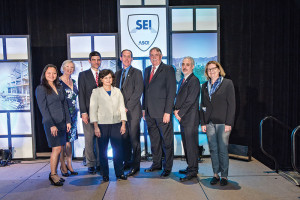This article was a disappointing and unfortunate picture of the construction industry. It discusses projects riddled with strained relationships, unprofessional work practices, and unethical conduct. It describes the typical project manual as a bloated compilation of mostly irrelevant requirements prepared by lazy and careless design professionals. Instead of being professionals, our contractor friends cut corners and knowingly present inaccurate bids with the hopes of gaining a competitive advantage. Fortunately, this doesn’t describe the vast majority of construction and design professionals.
In addition, the conclusion falls short of the mark. There is no supporting evidence that universal specifications are less bloated, less prone to inaccuracies, or lead to fewer construction issues. The conclusion attempts only to treat symptoms, not address the problems.
The root of many of these problems is lack of effective communication. Instead of compromising our standards, we should embrace the opportunity to add value to our projects. We should take an active role communicating with clients, design professionals, and contractors. We should provide information that is clear, correct, complete, and concise. Like every industry, we face challenges but, to improve our industry, we need to improve ourselves.
Mitchell Taylor, P.E., S.E.
North Carolina
Author’s Response
Mitchell,
While I certainly do not want to speak for the entire construction industry, I have personally experienced this picture of the industry on numerous occasions. Furthermore, this article did not only build upon my personal experiences but also involved interviewing other professionals in the industry on both the construction and design sides.
I would look forward to speaking with you to discuss your experiences. It is possible that there are differences in industry practice depending on the region or sector (small commercial, large commercial, higher education, industrial, marine, etc.).
Your letter describes ineffective communication between clients, designers, and contractors as the root of many problems. In the article, I did state, “Ideally, the AHJ’s would engage local developers, contractors, architects, and engineers in the creation and maintenance process so the specs would reflect best practices in the region.” Yes, this communication will still need to take place on a project-by-project basis, but I believe everyone would benefit from beginning with a tailor made specification that reflects the best practices in the region.
Finally, you end with “We should provide information that is clear, correct, complete, and concise. Like every industry, we face challenges but, to improve our industry, we need to improve ourselves.” I agree with this statement; however, why not also improve the tools/processes that we have at our disposal. For example, penmanship used to be an essential skill that is largely irrelevant now due to the advent of computers. Should we still be teaching elementary school students how to properly write in cursive or should we instead focus on typing which is much quicker and more efficient. Implementing universal specifications won’t be nearly as revolutionary as the advent of computers, but I believe it can be a quicker and more efficient than current practice.
Drew Dudley, P.E.


